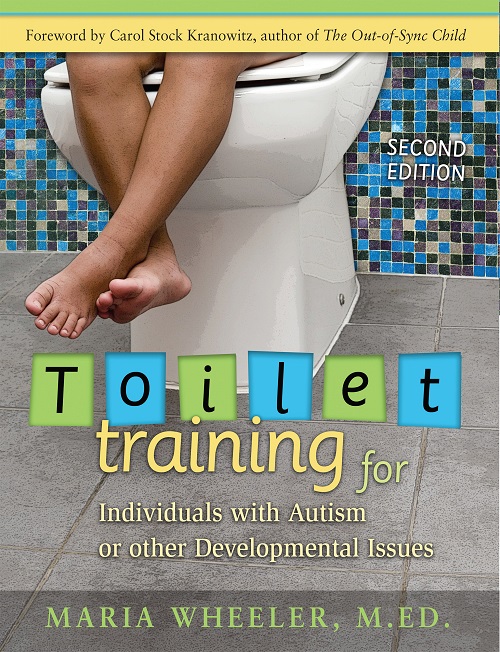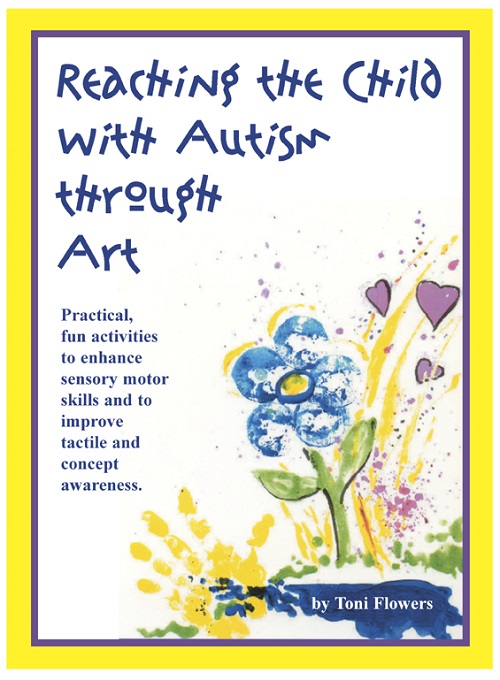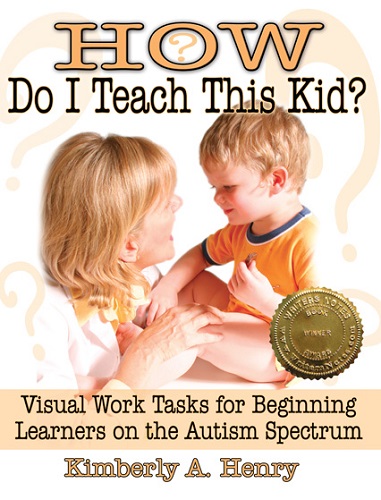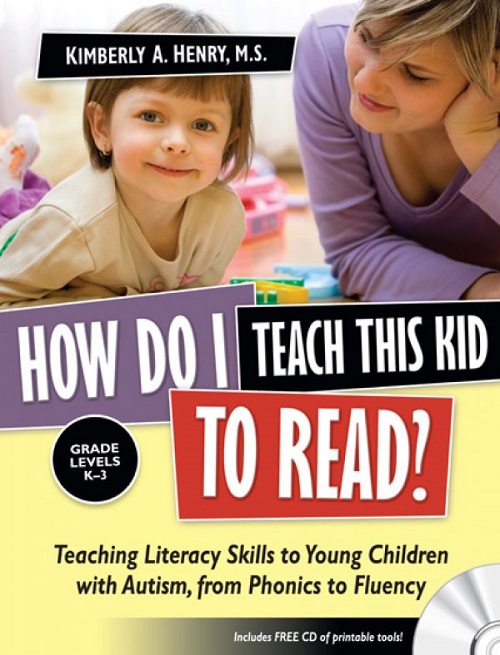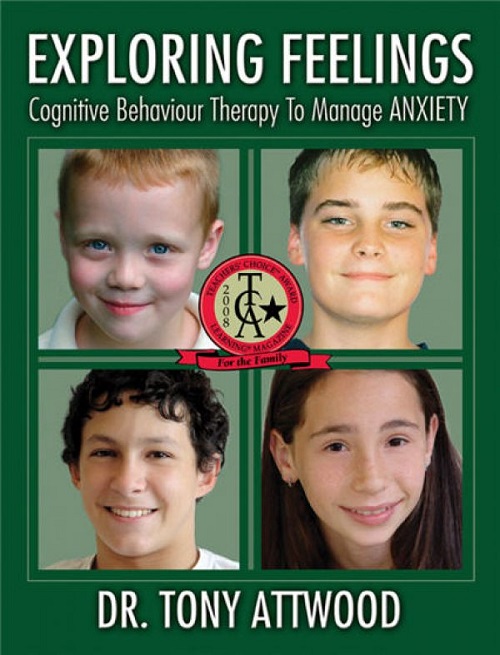-
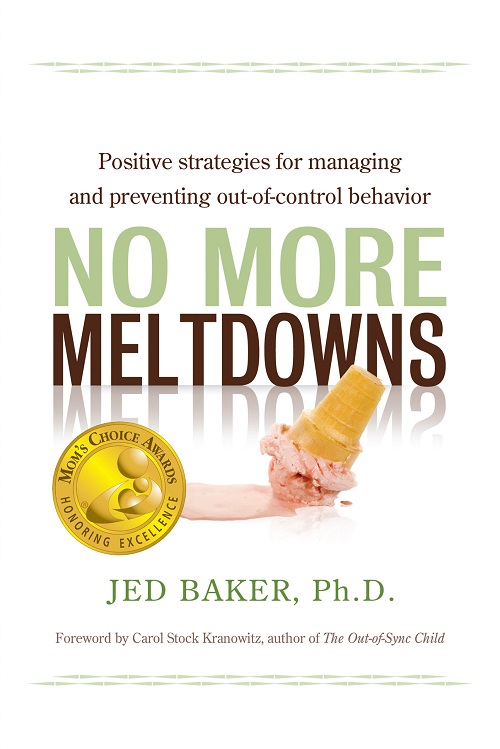 It could happen anywhere: at the grocery store, at a restaurant, at school, or at home. Meltdowns are stressful for both child and adult, but Dr. Baker can help! Author of the award-winning Social Skills Picture Book series, Dr. Jed Baker offers parents and teachers strategies for preventing and managing meltdowns.
It could happen anywhere: at the grocery store, at a restaurant, at school, or at home. Meltdowns are stressful for both child and adult, but Dr. Baker can help! Author of the award-winning Social Skills Picture Book series, Dr. Jed Baker offers parents and teachers strategies for preventing and managing meltdowns. -
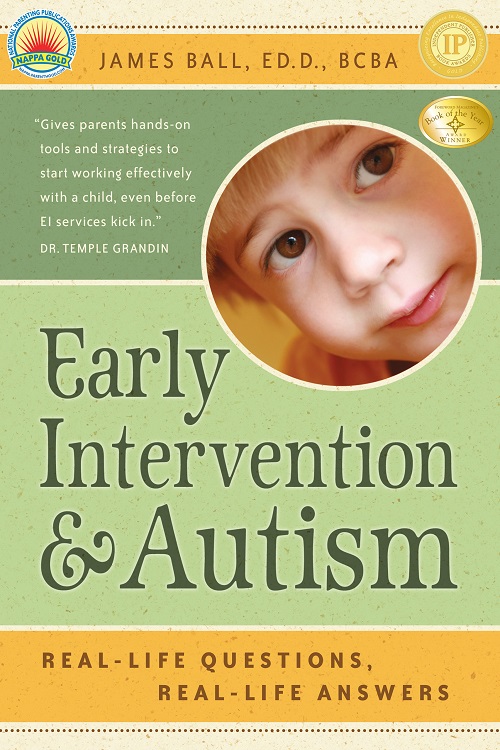 Leave behind confusing textbooks and unreliable websites. This book will guide you through your child’s early years by providing sound advice based on over twenty years of experience. In an easy-to-read, question-answer format, Dr. Jim Ball explains what makes your child tick, how to get the most out of early intervention services, and how to choose the most effective treatment options.
Leave behind confusing textbooks and unreliable websites. This book will guide you through your child’s early years by providing sound advice based on over twenty years of experience. In an easy-to-read, question-answer format, Dr. Jim Ball explains what makes your child tick, how to get the most out of early intervention services, and how to choose the most effective treatment options. -
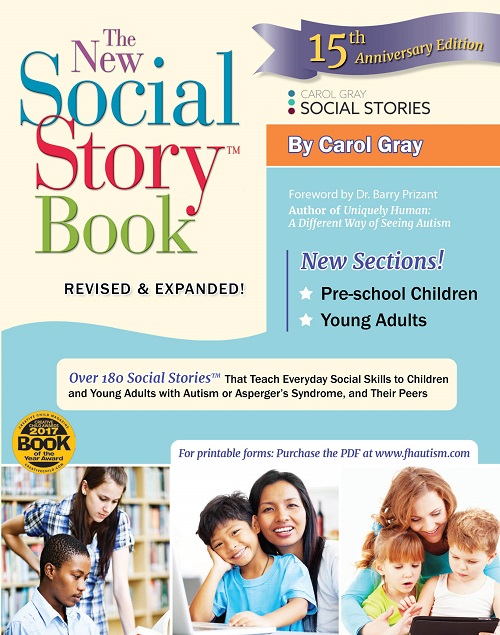 Since the early ‘90s, Carol Gray’s world-famous Social Stories have helped thousands of children with autism spectrum disorders. This 15th Anniversary Edition of her best-selling book offers ready-to-use stories that parents and educators have depended on for years—with new sections added! Additions include how to most effectively use and apply the stories, how to improve the lives of younger children, and Social Stories for teens and adults with autism.
Since the early ‘90s, Carol Gray’s world-famous Social Stories have helped thousands of children with autism spectrum disorders. This 15th Anniversary Edition of her best-selling book offers ready-to-use stories that parents and educators have depended on for years—with new sections added! Additions include how to most effectively use and apply the stories, how to improve the lives of younger children, and Social Stories for teens and adults with autism. -
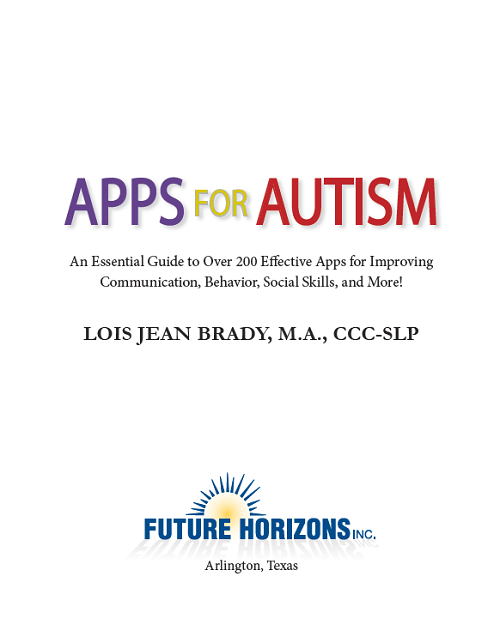
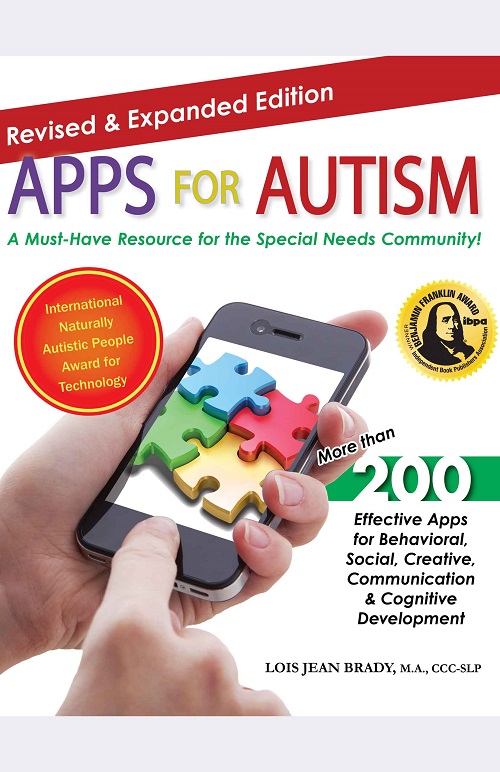 Actually, there are more than 200 apps for autism. This book will guide you through them, so you can confidently utilize today’s technology to maximize your child or student’s success! Speech Language Pathologist Lois Jean Brady wrote this book to educate parents, teachers, and other professionals about the breakthrough method she calls “iTherapy”—the use of Apple products (iPhone, iPad, iPod Touch) and various apps to meet students’ individual educational goals.
Actually, there are more than 200 apps for autism. This book will guide you through them, so you can confidently utilize today’s technology to maximize your child or student’s success! Speech Language Pathologist Lois Jean Brady wrote this book to educate parents, teachers, and other professionals about the breakthrough method she calls “iTherapy”—the use of Apple products (iPhone, iPad, iPod Touch) and various apps to meet students’ individual educational goals. -
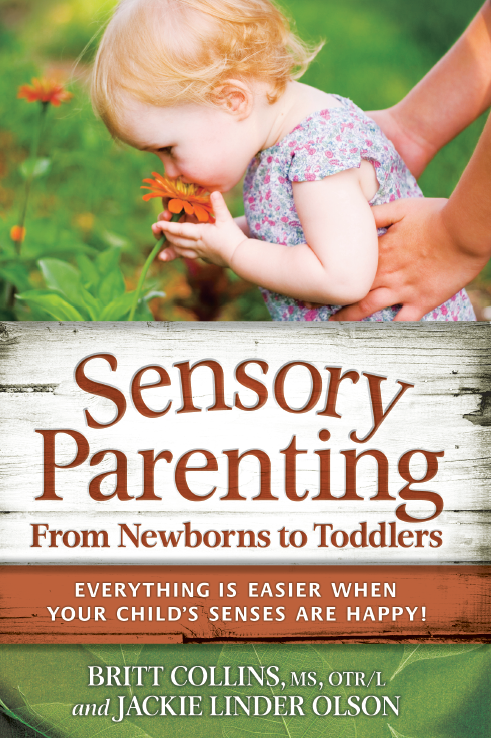 A child’s sensory system affects their ability to learn, play, socialize, and function. Maybe a child isn’t able to sit still in class because his shirt tag is bothering him, or isn’t able to play with other children because his balance is off. Maybe your child isn’t just a picky eater, it could be that his sensory system needs some special guidance and adjusting.
A child’s sensory system affects their ability to learn, play, socialize, and function. Maybe a child isn’t able to sit still in class because his shirt tag is bothering him, or isn’t able to play with other children because his balance is off. Maybe your child isn’t just a picky eater, it could be that his sensory system needs some special guidance and adjusting. -
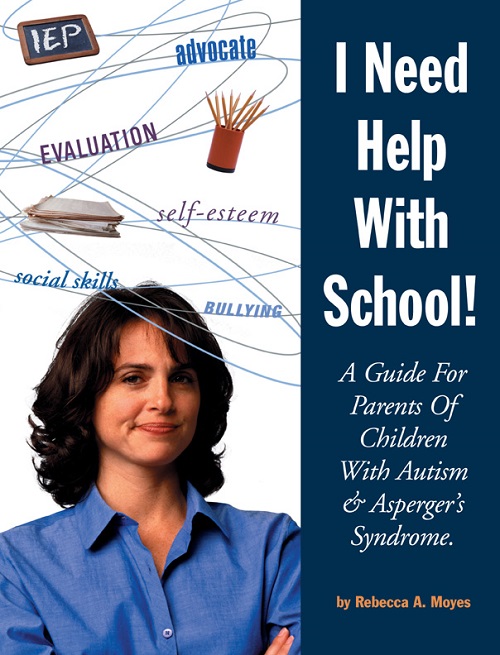 Specifically written for parents of children with autism or Asperger’s Syndrome, this guide demystifies special education laws to help them understand their legal rights and the rights of their child. Moyes also addresses such issues as developing a child’s social skills, encouraging self-esteem, and dealing with teasing and bullying.
Specifically written for parents of children with autism or Asperger’s Syndrome, this guide demystifies special education laws to help them understand their legal rights and the rights of their child. Moyes also addresses such issues as developing a child’s social skills, encouraging self-esteem, and dealing with teasing and bullying. -
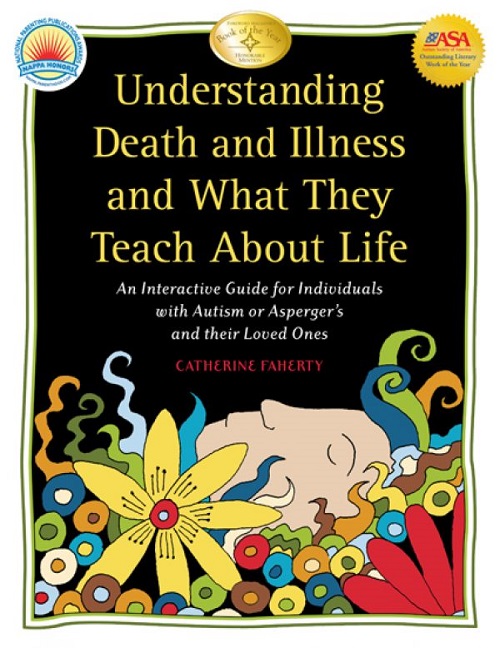 Death and illness affect every person. Witnessing the dying and death of a person or pet can leave you with many questions. In this book, author Catherine Faherty answers those questions in an autism-friendly, clear and precise way, geared for children, teens, and adults with autism. But this book is not just about death. It also demonstrates the interconnectedness of living and dying and offers simple, positive guidelines for living. Communication Forms to make it easier for the readers and their families, friends, teachers, therapists, or others to identify and respond to the unique needs of the reader.
Death and illness affect every person. Witnessing the dying and death of a person or pet can leave you with many questions. In this book, author Catherine Faherty answers those questions in an autism-friendly, clear and precise way, geared for children, teens, and adults with autism. But this book is not just about death. It also demonstrates the interconnectedness of living and dying and offers simple, positive guidelines for living. Communication Forms to make it easier for the readers and their families, friends, teachers, therapists, or others to identify and respond to the unique needs of the reader. -
 Winner of an iParenting Media Award, this picture book appeals to the visual strengths of students on the autism spectrum, with color photos of students demonstrating various social skills in the correct (and sometimes incorrect) way. The skills depicted are meant to be read, role-played, corrected when necessary, role-played some more and, finally, to be practiced by the student in real-life social situations. “Thought bubbles” show what people are thinking during these interactions (not always what you hoped!).
Winner of an iParenting Media Award, this picture book appeals to the visual strengths of students on the autism spectrum, with color photos of students demonstrating various social skills in the correct (and sometimes incorrect) way. The skills depicted are meant to be read, role-played, corrected when necessary, role-played some more and, finally, to be practiced by the student in real-life social situations. “Thought bubbles” show what people are thinking during these interactions (not always what you hoped!). -
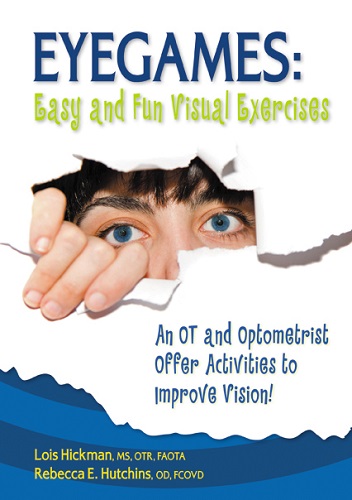 Developing healthy visual-motor abilities is more difficult in the complex stimulus of today’s world than ever before, especially for those with Autism Spectrum Disorder. Our visual experiences can be overwhelmed by the vast complexity of artificial colors and sounds which did not exist in our ancestors’ lives. Much more time is spent indoors, exposed to a myriad of unnatural colors, movement, and imagery.
Developing healthy visual-motor abilities is more difficult in the complex stimulus of today’s world than ever before, especially for those with Autism Spectrum Disorder. Our visual experiences can be overwhelmed by the vast complexity of artificial colors and sounds which did not exist in our ancestors’ lives. Much more time is spent indoors, exposed to a myriad of unnatural colors, movement, and imagery. -
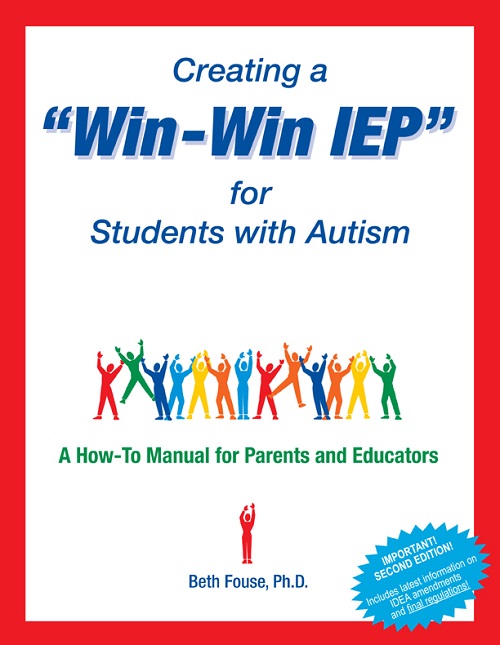 This book is a must-read for every parent or educator who participates in the IEP process. Dr. Fouse takes readers through the entire range of a “child-centered” educational process, from the initial stages of identification and diagnosis to full implementation and monitoring of the individualized education program.
This book is a must-read for every parent or educator who participates in the IEP process. Dr. Fouse takes readers through the entire range of a “child-centered” educational process, from the initial stages of identification and diagnosis to full implementation and monitoring of the individualized education program. -
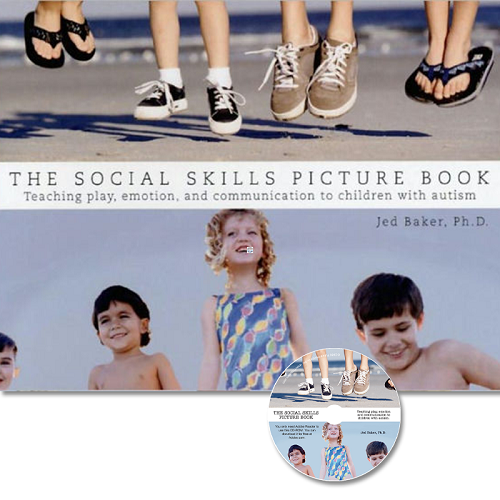 This book uses photographs of students engaging in a variety of real-life social situations. The realistic format plays to the visual strengths of children with ASD to teach appropriate social behaviors. Color photographs illustrate the “right way” and “wrong way” to approach each situation—and the positive/negative consequences of each. An adult then explains each situation, asking questions such as, “What is happening here?“ Children can role-play skills until they are confident enough to practice them in real life interactions.
This book uses photographs of students engaging in a variety of real-life social situations. The realistic format plays to the visual strengths of children with ASD to teach appropriate social behaviors. Color photographs illustrate the “right way” and “wrong way” to approach each situation—and the positive/negative consequences of each. An adult then explains each situation, asking questions such as, “What is happening here?“ Children can role-play skills until they are confident enough to practice them in real life interactions. -
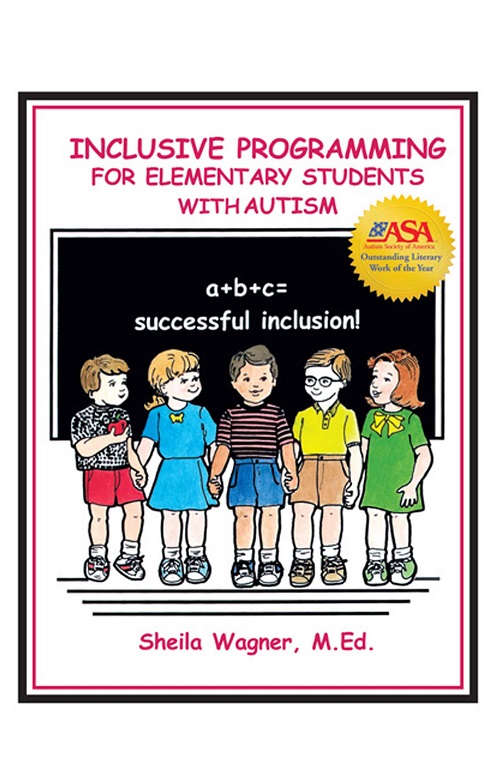 Winner of the Autism Society of America’s Literary Work of the Year Award, this first book in Sheila Wagner’s Inclusive Programming series provides an inclusion program for students with autism spectrum disorders. Teachers, parents, and students alike will benefit from Sheila’s insight and presentation as she outlines both theories and applications of inclusive programming for elementary school students.
Winner of the Autism Society of America’s Literary Work of the Year Award, this first book in Sheila Wagner’s Inclusive Programming series provides an inclusion program for students with autism spectrum disorders. Teachers, parents, and students alike will benefit from Sheila’s insight and presentation as she outlines both theories and applications of inclusive programming for elementary school students. -
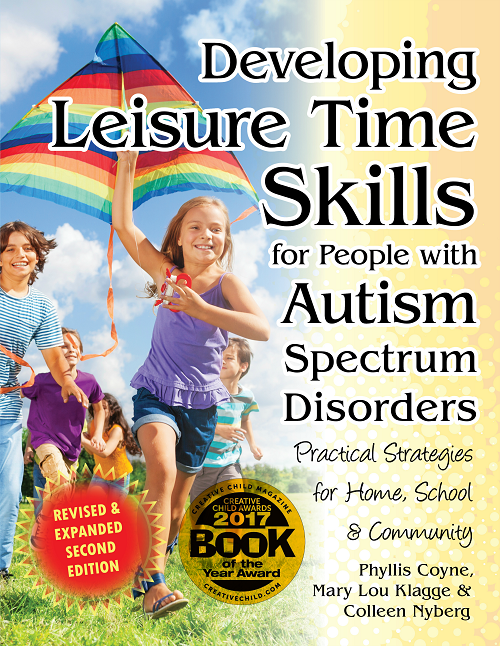 Make leisure time fun for all children and adults with autism spectrum disorders! Leisure time should be a part of the day that all look forward to enjoying, but for many it can cause anxiety and fear. This book provides comprehensive, structured strategies to introducing meaningful leisure time to ASD children and adults, which they can practice at home, school, and in the community.
Make leisure time fun for all children and adults with autism spectrum disorders! Leisure time should be a part of the day that all look forward to enjoying, but for many it can cause anxiety and fear. This book provides comprehensive, structured strategies to introducing meaningful leisure time to ASD children and adults, which they can practice at home, school, and in the community. -
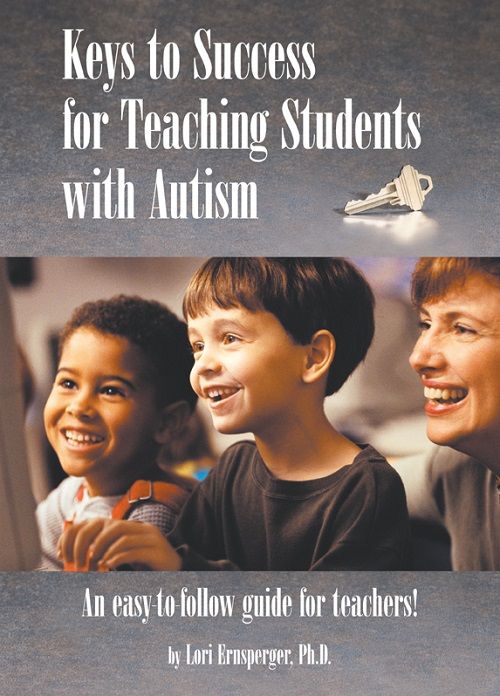 After more than 17 years of experience working with teachers struggling to implement an effective learning program for special needs kids, Dr. Lori Ernsperger decided it was about time someone created a comprehensive resource for practical use in the classroom. She wrote this book as a practical, step-by-step guide to educating students with autism.
After more than 17 years of experience working with teachers struggling to implement an effective learning program for special needs kids, Dr. Lori Ernsperger decided it was about time someone created a comprehensive resource for practical use in the classroom. She wrote this book as a practical, step-by-step guide to educating students with autism. -
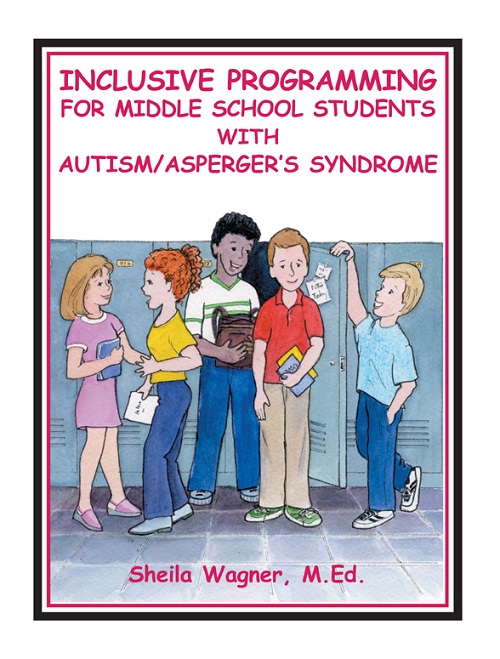 Middle school presents unique challenges to those with autism / Asperger’s, but it can also be exciting and rewarding. Inclusive Programming addresses transitioning to and from middle school, and everything in between: hormones, cliques, bullying, aggression, and “fitting in.” The ingredients for success are pre-planning, frequent monitoring of progress, teacher training, and regular communication between all concerned.
Middle school presents unique challenges to those with autism / Asperger’s, but it can also be exciting and rewarding. Inclusive Programming addresses transitioning to and from middle school, and everything in between: hormones, cliques, bullying, aggression, and “fitting in.” The ingredients for success are pre-planning, frequent monitoring of progress, teacher training, and regular communication between all concerned. -
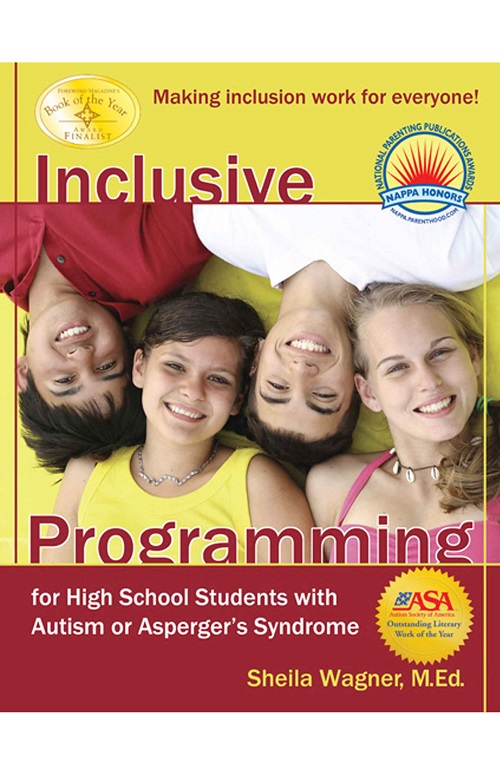 Even though inclusive education is now the standard for educating students with special needs, inclusion is a still a very new process. Successful inclusion relies on flexibility of parents and educators, and their ability to work together for the sake of the student. Training, collaboration, specialized teaching, long-term planning, and a clear idea of the desired outcome for the student—these are just as important at the high school level as they were in elementary and middle school.
Even though inclusive education is now the standard for educating students with special needs, inclusion is a still a very new process. Successful inclusion relies on flexibility of parents and educators, and their ability to work together for the sake of the student. Training, collaboration, specialized teaching, long-term planning, and a clear idea of the desired outcome for the student—these are just as important at the high school level as they were in elementary and middle school. -
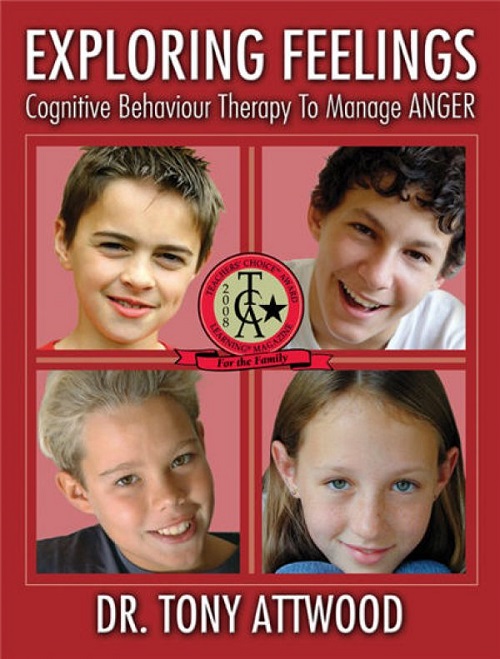 Many children, especially those with developmental delays, have trouble understanding or expressing their feelings. This can result in difficulty with anger management. Listing possible responses to situations—and the likely outcome of each one—allows the child to make informed decisions about which responses to choose (e.g., walking away vs. hitting).
Many children, especially those with developmental delays, have trouble understanding or expressing their feelings. This can result in difficulty with anger management. Listing possible responses to situations—and the likely outcome of each one—allows the child to make informed decisions about which responses to choose (e.g., walking away vs. hitting). -
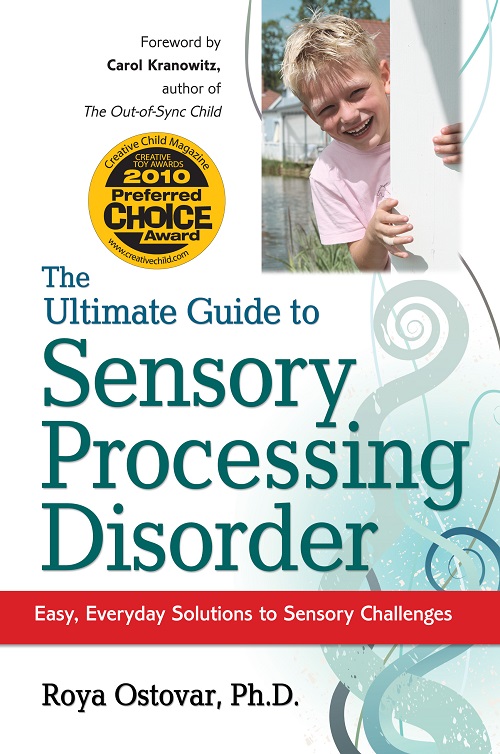 When sensory processing is impaired, lights can be too bright, sounds too loud, and clothes can actually be painful on the skin. It can be practically impossible for children to tolerate their day, let alone learn in a classroom. In this book, with a foreword by best-selling special-needs author Carol Kranowitz, neuropsychologist Dr. Roya Ostovar helps parents to help their children.
When sensory processing is impaired, lights can be too bright, sounds too loud, and clothes can actually be painful on the skin. It can be practically impossible for children to tolerate their day, let alone learn in a classroom. In this book, with a foreword by best-selling special-needs author Carol Kranowitz, neuropsychologist Dr. Roya Ostovar helps parents to help their children.

